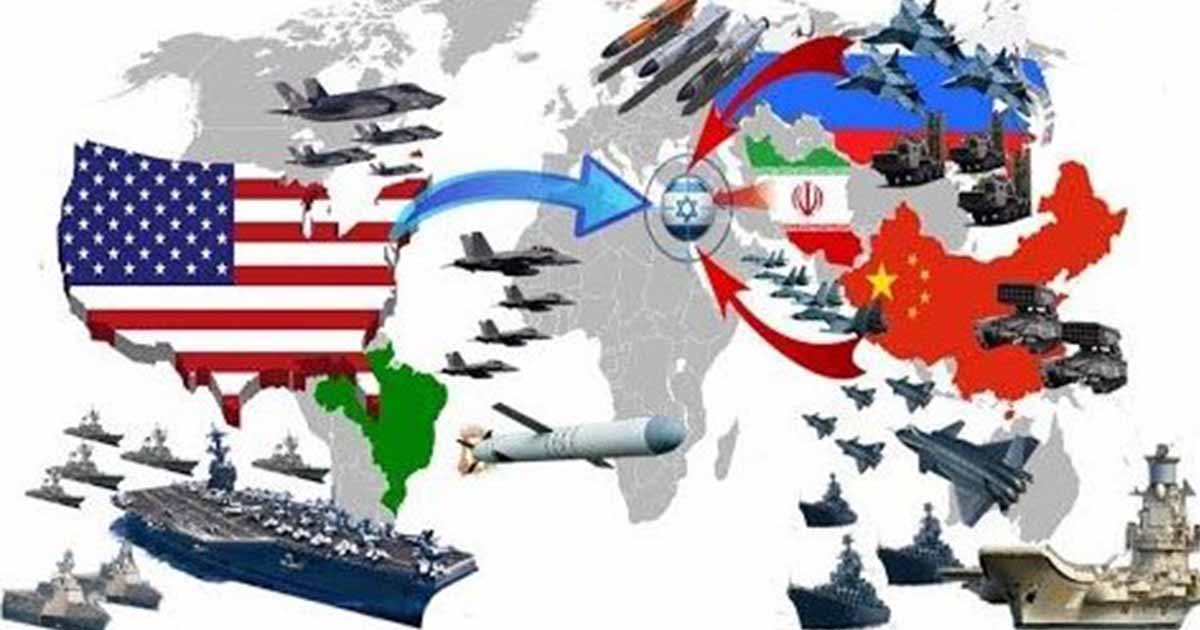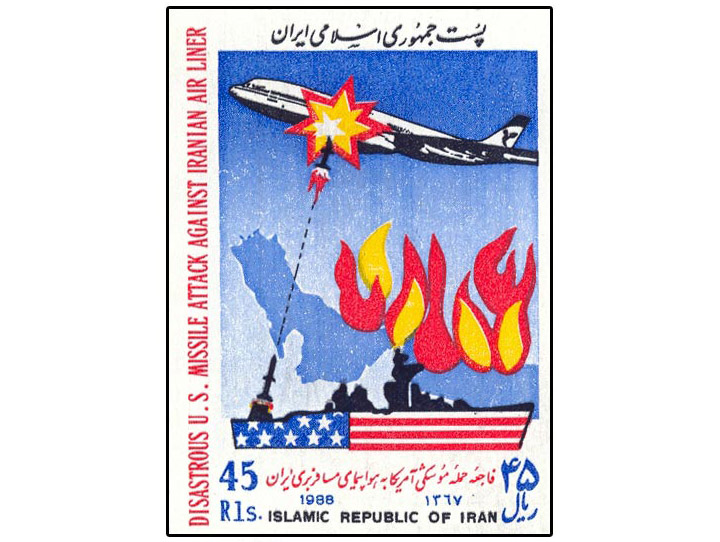
U.S. and Iran's Next Standoff
President Joe Biden entered office promising to return the U.S. to the Iran nuclear deal. But doing so has proven to be tricky. Learn more when you subscribe to World Politics Review for just $1.
President Joe Biden entered office promising to return the U.S. to the Iran nuclear deal, formally known as the Joint Comprehensive Plan of Action, or JCPOA. But doing so has proven tricky for Biden’s administration, in part because of the complex politics surrounding the deal in both Washington and Tehran, but also because of the tense relations between the two countries, which soured significantly under Biden’s predecessor, Donald Trump. In May 2018, when Trump followed through on a campaign promise to withdraw the U.S. from the 2015 multilateral deal limiting Iran’s uranium enrichment program, Tehran initially reacted by adopting a posture of strategic patience. But after European attempts to keep the deal afloat failed to deliver any respite from the U.S. campaign of “maximum pressure,” and amid increasingly bellicose rhetoric out of Washington, Iran shifted gears.
 Beginning in early 2019, Iran gradually announced a series of what it called reversible breaches of its obligations under the nuclear deal, exceeding limits on its stockpile of enriched uranium and the level to which it is enriched. Iran subsequently suspended its Additional Protocol with the International Atomic Energy Agency, a side-agreement that provided the nuclear watchdog’s inspectors with even more robust mechanisms to monitor every stage of Iran’s nuclear program than the agency’s standard oversight agreement.
Beginning in early 2019, Iran gradually announced a series of what it called reversible breaches of its obligations under the nuclear deal, exceeding limits on its stockpile of enriched uranium and the level to which it is enriched. Iran subsequently suspended its Additional Protocol with the International Atomic Energy Agency, a side-agreement that provided the nuclear watchdog’s inspectors with even more robust mechanisms to monitor every stage of Iran’s nuclear program than the agency’s standard oversight agreement.Parallel to these moves to pressure the Trump administration over the nuclear deal, Iran began to dramatically ratchet up military tensions with the U.S. beginning in mid-2019. Following a series of attacks on oil tankers in the Gulf of Oman that Washington blamed on Tehran, Iranian forces shot down a pilotless U.S. drone they claimed was operating in Iran’s airspace. Later that year, the U.S. and Saudi Arabia accused Iran of being responsible for a drone and cruise missile attack on Saudi oil facilities.
Against that backdrop of heightened tensions, things came to a head in early January 2020. After a series of violent incidents in Iraq pitting Iranian-backed Shiite militias against U.S. forces, Trump authorized a drone strike that killed Iran’s top military leader, Gen. Qassem Soleimani, as he arrived in Baghdad. Both sides subsequently backed away from escalation, but without fundamentally addressing their differences.
The U.S. sanctions that Trump reimposed on trade with Iran forced governments and companies from Europe to Asia to end their economic engagement with Tehran, with a particularly severe impact on Iran’s oil exports. The resulting domestic economic tailspin has heightened social and political tensions within Iran. But rather than moderating the regime’s behavior, the heightened pressure from Washington seems to have strengthened the hand of hardliners in Tehran, who emerged as the big winners from parliamentary elections in February 2020.
Supporters of the Iran nuclear deal in Washington and Europe hoped that the Biden administration would quickly return the U.S. to compliance with the agreement by removing unilateral sanctions, while also pursuing follow-on talks to address Iran’s missile program and regional behavior. But negotiations in Vienna to resuscitate the JCPOA have proven to be more difficult than anticipated, even as opponents of the deal in the U.S. and Iran—but also Israel, which has been engaged in what amounts to a low-level covert war with Iran over the past year—consider their options. And the outcome of Iran’s presidential election in June 2021, won by conservative hard-liner Ebrahim Raisi, presented further obstacles to progress. More recently, ongoing popular protests in Iran over the law requiring women to wear a head-covering—sparked by the death of a young woman while in the custody of the morality police—as well as Tehran’s willingness to supply Russia with drones and missiles for the war in Ukraine have made the political optics of renewing the deal more costly for Washington.
The deterioration in U.S.-Iran relations takes place against the backdrop of a battle for regional influence between Iran and Saudi Arabia, including proxy wars in Yemen and Syria, as well as strategic competition in Lebanon and more recently Iraq. Both countries have recently engaged in exploratory talks to ratchet down tensions. In the meantime, the Iranian population is increasingly caught between the pressure of U.S. sanctions and the repression of an authoritarian regime in Tehran that remains intent on projecting its power and influence across the region, no matter the cost at home.







No comments:
Post a Comment
Note: Only a member of this blog may post a comment.